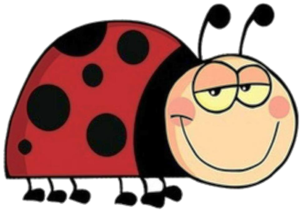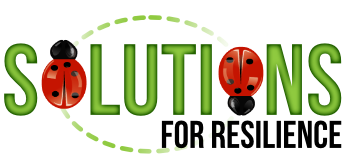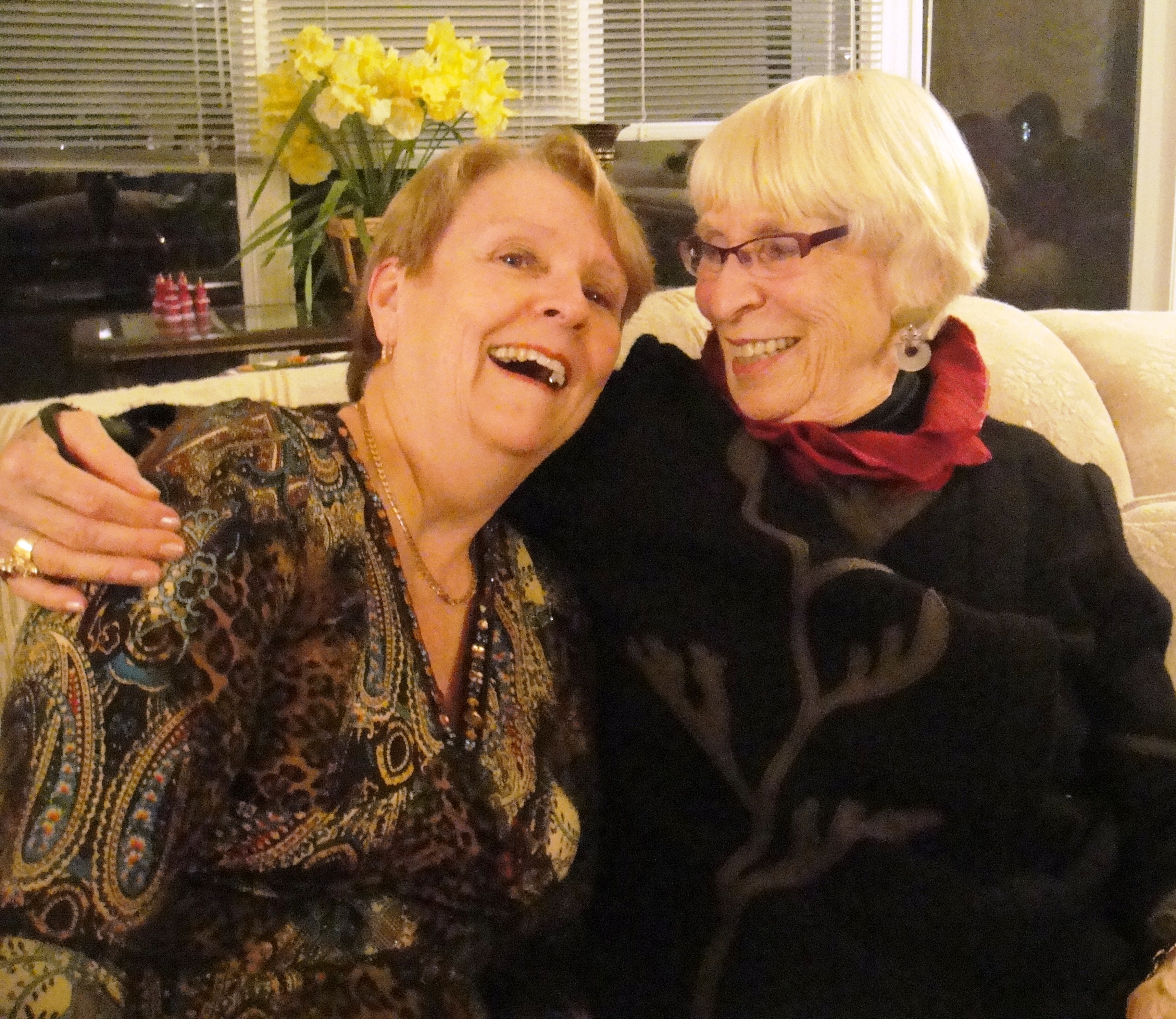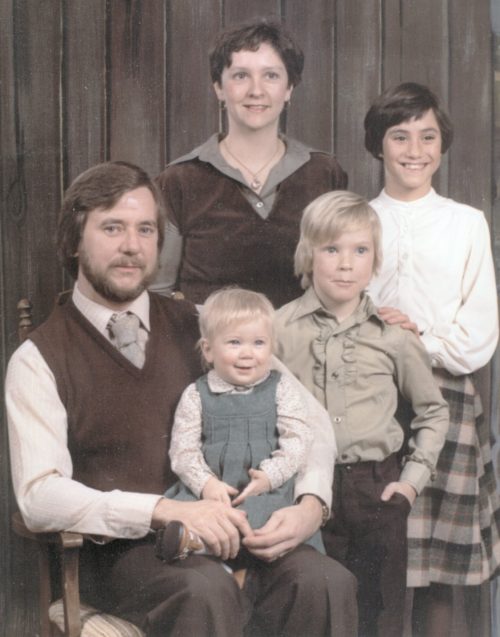Kids’ Humor: How to Lighten Up Like a Wise Child
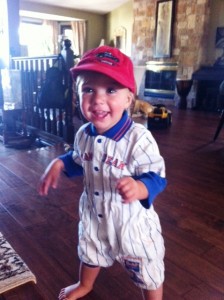 Why delight in kids’ humor? Well, out of the mouths of babes comes the truth. We adults have worked ourselves away from taking time to wonder at life nuances. We are socialized to worry about what the neighbours and our mother-in-law think, to look successful and to hide our feelings to the point that we have forgotten the essence of a normally absurd life. There is much we can learn by connecting to babies and children and noticing our children’s humor. They remind us of our own childlike essence – the kid in us.
Why delight in kids’ humor? Well, out of the mouths of babes comes the truth. We adults have worked ourselves away from taking time to wonder at life nuances. We are socialized to worry about what the neighbours and our mother-in-law think, to look successful and to hide our feelings to the point that we have forgotten the essence of a normally absurd life. There is much we can learn by connecting to babies and children and noticing our children’s humor. They remind us of our own childlike essence – the kid in us.
Research on Kids’ Humor
According to research sited in the Journal of Child Psychology and Psychiatry, Developmental Psychology, and the Journal of Experimental Child Psychology here are some facts about children’s humor, specifically about laughter:
- Children’s laughter is closely tied to social and emotional development. It often serves as a form of communication, expressing joy, amusement, or playfulness.
- Some research suggests that laughter in children may have cognitive benefits, such as improving attention, memory, and problem-solving skills.
- Laughter is associated with the release of endorphins, the body’s natural feel-good chemicals, which may contribute to a sense of happiness and relaxation.
- Laughter therapy, or laughter yoga, has been explored as a therapeutic intervention for children with various conditions. The positive effects of laughter on stress reduction and mood enhancement are hints for us to also embrace the benefits of humor and laughter.
Babies’ Humor
Babies naturally belch, gurgle, smile and giggle. Researcher A. Ziv (1984) described new born babies at two weeks old smiling to indicate “I feel good.” By two months of age they will smile their pleasure at seeing their main caregiver. A smile positively changes the sender and the person who receives it. Mother Teresa told the masses that if they wanted to make a difference in the world to smile gently at their loved ones and all others.
At eight months, babies laugh at the game peek-a-boo and are amused by incongruence. For instance, a toddler will giggle if a mother pretends to sip from a child’s bottle. We too can note life’s contradictions and smile rather than stress out, fight or try to control. The Dalai Lama is known to giggle throughout his day. He is probably observing the many human paradoxical messages we send each other like “I love you. Now go away.”
Toddlers’ Humor
Toddlers laugh at setbacks. Invariably, they fall down, giggle, get up and get on their way. They are master teachers of enjoying some of Murphy’s Laws of “anything that can go wrong, will go wrong.” We can learn to toddler giggle at “If bread and peanut butter fall it will land gooey side down.” or “In order to get a loan, you must first prove you don’t need it.”
Pre-schoolers’ Humor
Preschool age and kindergarten children love word plays, surprises, learn through playing and are fascinated with toilet matters. They delight in their ability to see, hear and taste. They question and remark on the absurdities and pleasures of the day. One April morning our four year old son, Benjamin, asked what was poking out of the ground. I told him that it was a purple crocus. “What’s it mean Mom when it comes through the snow like that?” I told him that it was a sign that spring has come. A half hour later I noticed he was not home. After searching our home I ventured outside and found him a block away. He was going door to door making a grand announcement. “I have great news. Spring is here! Spring is here!”
School Age Kids’ Humor
Art Linkletter knew that children lived with joy when he started his television program “Children say the Darnedest Things.” This unconditioned or authentic state of being can be like a breath of mountain air in our political and corporate driven culture. Children easily access tears, tantrums, smiles and laughter. Drs Gael Crystal and Patrick Flanagan (1995) state “Adults laugh approximately 15 times per day, while children laugh abut 400 times a day.”
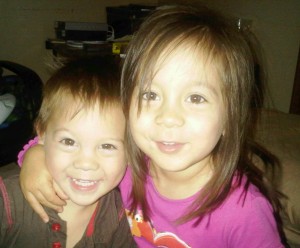 Children are real. Especially in our homes, we need to feel safe enough to make mistakes, to playfully learn and to express our emotions while interacting with our loved ones, goofing around, reading a book or watching our favourite TV show or video. A movie like Beaches starring Bette Midler can support us to weep and laugh; have us feeling open and vulnerable again after watching this story about the value of life and friendship.
Children are real. Especially in our homes, we need to feel safe enough to make mistakes, to playfully learn and to express our emotions while interacting with our loved ones, goofing around, reading a book or watching our favourite TV show or video. A movie like Beaches starring Bette Midler can support us to weep and laugh; have us feeling open and vulnerable again after watching this story about the value of life and friendship.
Older Kids’ Humor
Older school aged children begin to use antisocial humor and challenge authority figures. TV programs such as This Hour Has 22 Minutes may have been inspired by a writer who, in grade five, started to make fun of his teacher behind her back. At this stage children may act cruelly teasing those who are weaker. Harsh or competitive environments tend to encourage taunting of those who make mistakes or who are vulnerable. If we become advocates of kind humour we will neither use a quick wit to attack others nor want to use it as a defence mechanism.
Conclusion
As adult leaders of our community we can gently and playfully challenge those in authority, protect the disadvantaged and learn to employ effective and caring humour. Here is a quick look at me being silly with a room of older people.
It may feel intimidating for some of us to give up our puffed up egos and our need for seriousness to feel important. The idea of learning to laugh at ourselves, to let loose our pantyhose or spray some guffaw spit may seem like a daydream. However, if we search our vicinity for a live child specimen from whom we can learn, we too can benefit from kids’ humor!
Please check out these related posts:
How to Have Fun with Your Personal Sense of Humor
Book Summary: You Can’t Be Serious – Putting Humor to Work by Michael Kerr
